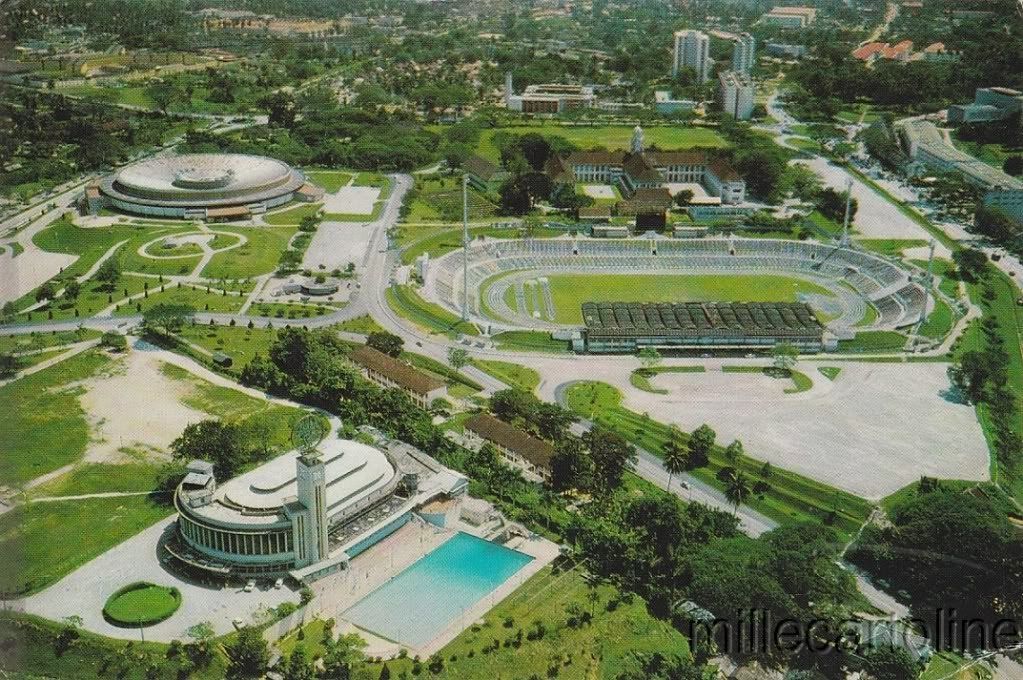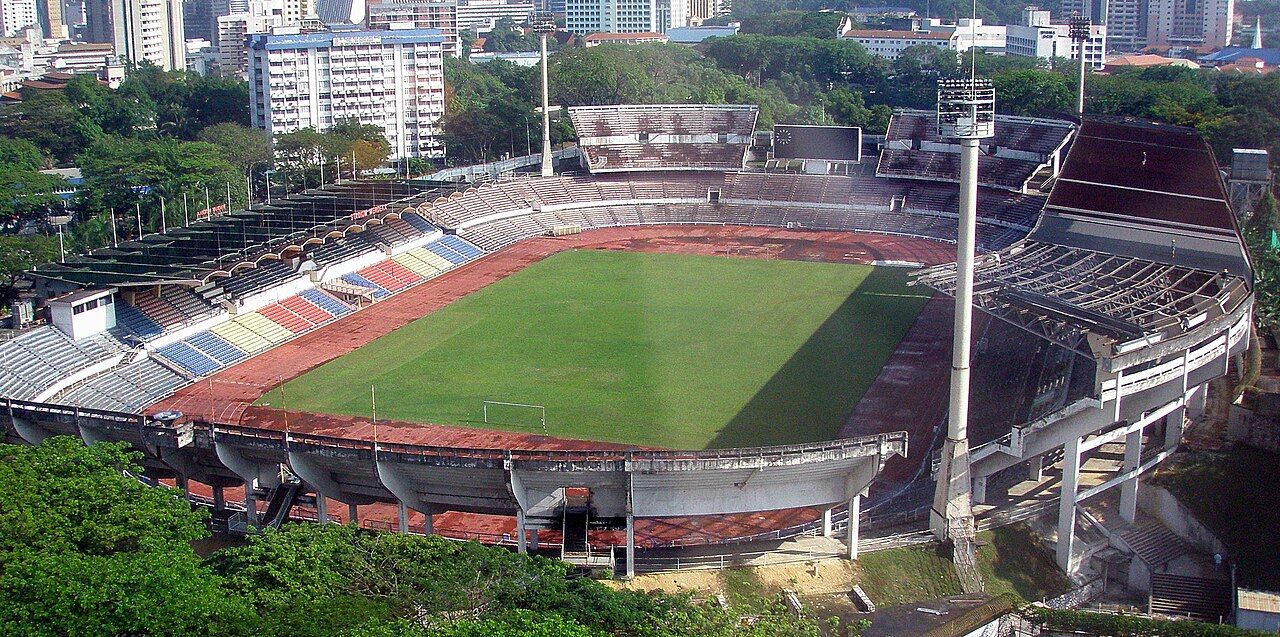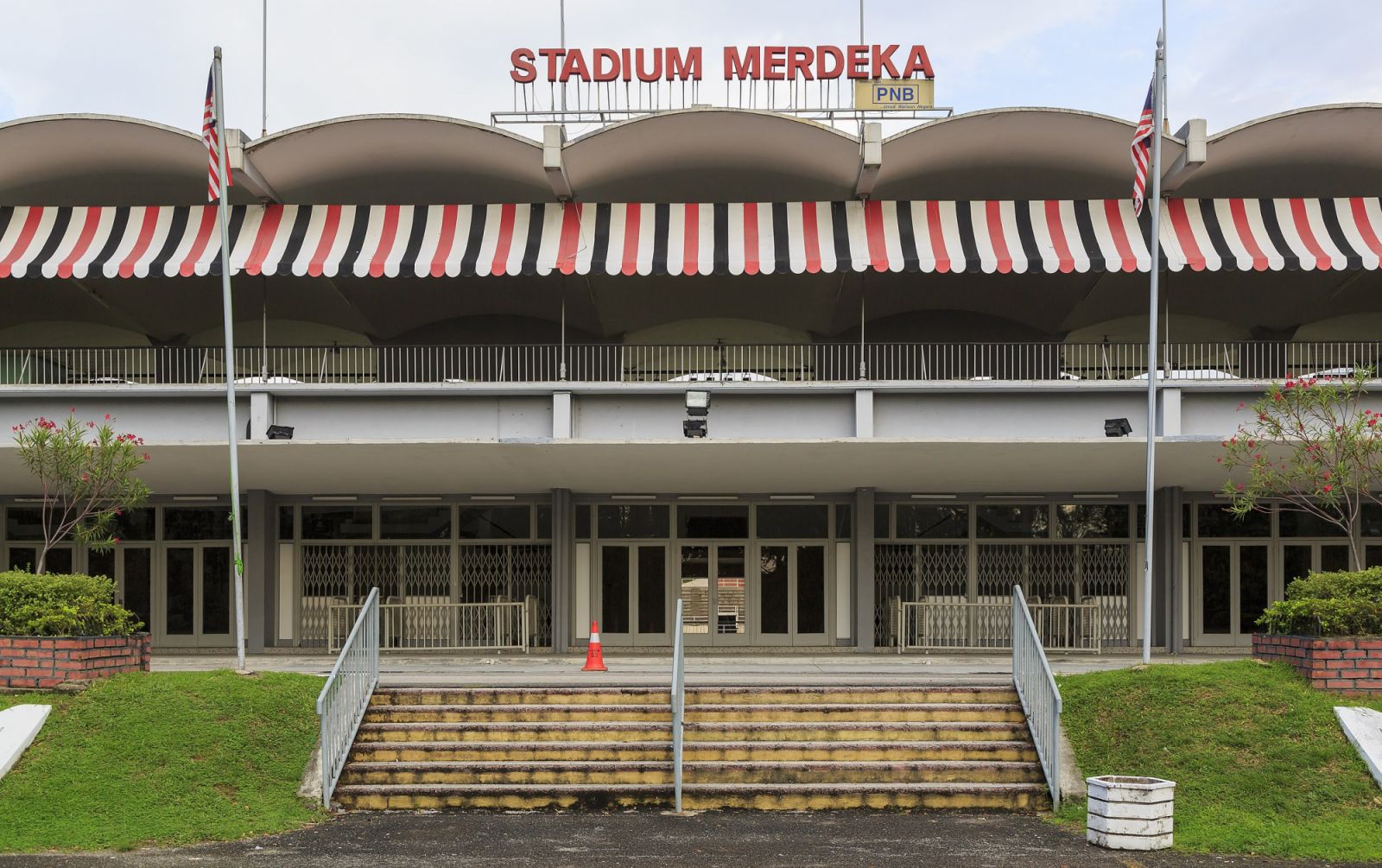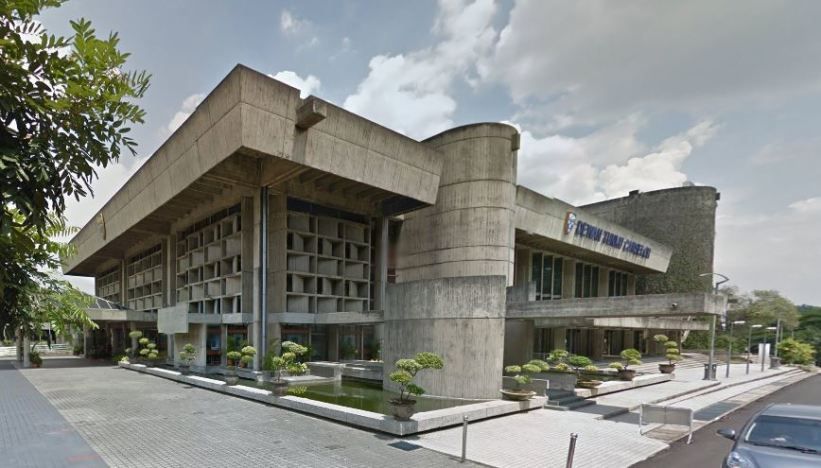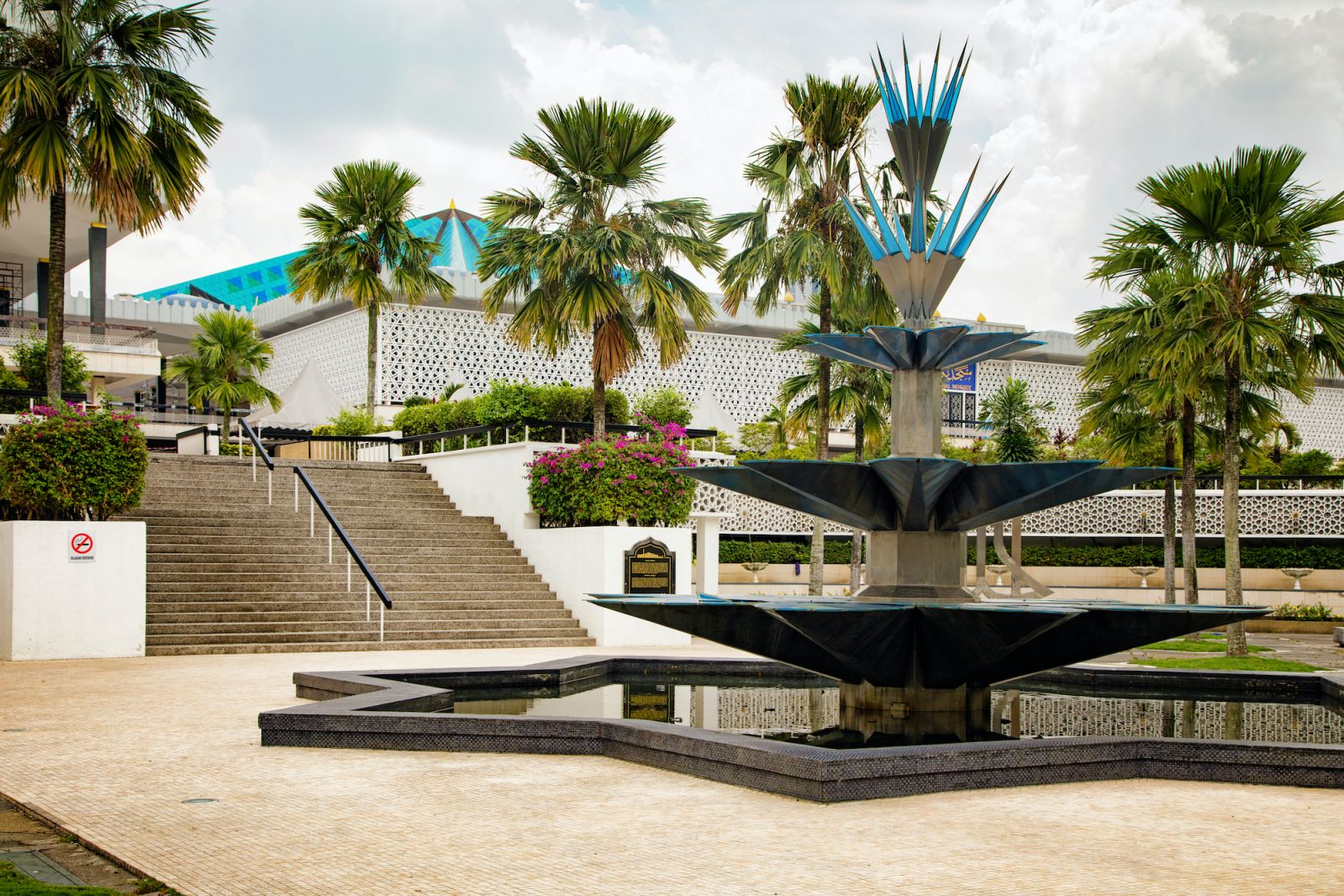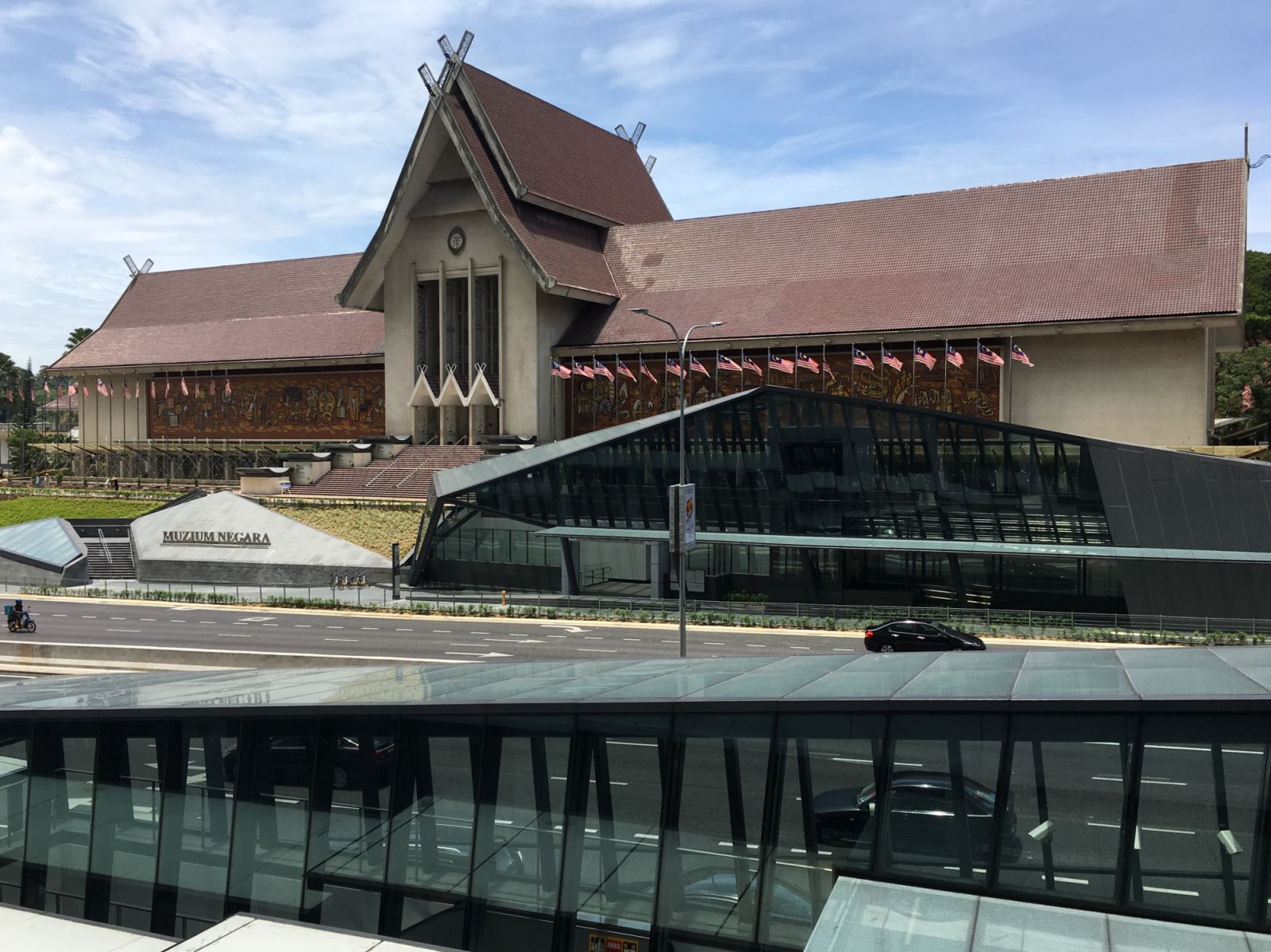Discover the history behind some of Malaysia’s most prominent post-independence architecture buildings
The years after Malaya achieved independence in 1957 were exciting in terms of architecture. As a newly independent country that needed to establish the machinery of administration in its freshly minted capital, a series of buildings sprang up in Kuala Lumpur and its outskirts in the decade after 1957.
Termed as post-independence or post-Merdeka architecture, this style reflected a captivating blend of cultural diversity and modern aspirations. It also embodied the nation’s journey towards identity and progress.
These representations of early modernist architecture have become iconic buildings in the Malaysian architectural landscape, and with Merdeka on the horizon, we delve into the histories of five of them.
Read more: Editors’ Picks: Our favourite Malaysian home tours
1. Stadium Merdeka
Stadium Merdeka, where Tunku Abdul Rahman proclaimed Malaya's independence, is a symbol of national pride and architectural innovation. Built in the mid-1950s, the stadium’s swift completion marked the country’s emerging identity.
Architect Stanley E. Jewkes fused modernist principles with local influence, featuring concrete terraces and a striking undulating roof. Islamic motifs and vibrant colours showcased multiculturalism.
The earthed amphitheatre design ingeniously repurposed soil and materials, setting records for lighting towers and cantilever roofs. Facing demolition in the 1990s, its heritage was recognised, leading to restoration in 2007. Today, as a national monument, Stadium Merdeka preserves its iconic role in Malaysia’s history.

